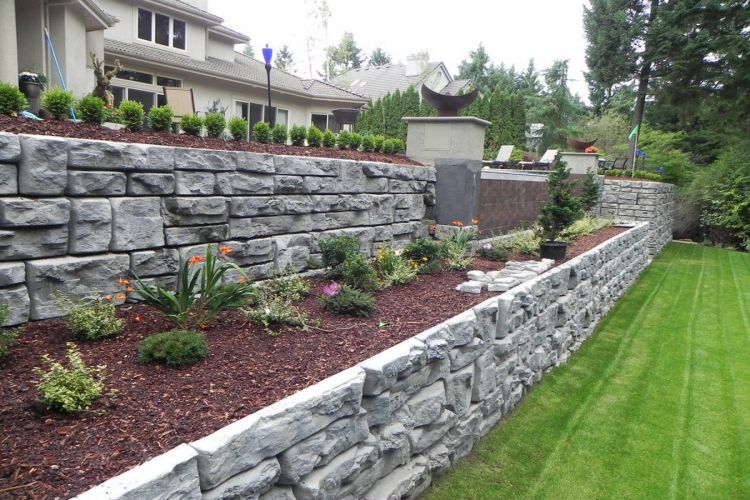Retaining walls are an effective way to improve the aesthetic appeal and functionality of your outdoor space. They not only add a visual element but also provide structural support for slopes, hillsides, and other landscaping features. However, installing a retaining wall is a significant investment that requires careful consideration, including deciding on the best time to install it.
Factors to Consider
Weather Conditions
The weather plays a vital role in determining when you should install a retaining wall. Extreme temperatures or heavy rainfall can affect the materials used and hinder the installation process. For example, installing a wall during freezing temperatures or heavy downpours can cause cracks and shifts in the structure, leading to costly repairs.
Ground Conditions
The condition of the ground where you plan to install the retaining wall is another crucial factor to consider. If the soil is too wet or unstable, it can make the installation process more challenging and may compromise the structural integrity of the wall. It’s best to wait for drier conditions or address any drainage issues before proceeding with the installation.
Access
Access to your outdoor space also plays a role in determining when to install a retaining wall. If there are obstacles or limited space for heavy machinery needed for construction, it can significantly impact the timeline and cost of installation. In such cases, it may be best to wait until these obstacles have been addressed before proceeding with installation.
Best Time of Year
The best time of year to install a retaining wall is during the spring or fall season. These seasons typically have milder temperatures and less precipitation, making it ideal for working with construction materials and ensuring proper compaction of the soil. It also allows for better access to your outdoor space since there are fewer obstacles such as overgrown vegetation.
Other Considerations
It’s important to keep in mind that every project is unique, and there may be other factors specific to your property that could impact when you should install a retaining wall. Some additional considerations include:
Local building codes and regulations
Personal schedule and availability of contractors
Existing landscaping features or structures
What is the best option for a retaining wall?
The best option for a retaining wall will depend on various factors, such as the purpose of the wall, budget, and aesthetic preferences. Some popular options include:
Concrete Retaining Walls – These are strong and durable walls that can withstand heavy loads and provide long-term stability.
Natural Stone Retaining Wall – These walls add a natural and timeless look to your outdoor space and can be built using various types of stones, such as flagstone, limestone, or granite.
Timber Retaining Walls – Timber walls are cost-effective and easy to install, making them a popular choice for DIY projects. However, they may not be as durable as other options and may require more maintenance.
Gabion Retaining Walls – Gabions are wire baskets filled with rocks or other materials, providing a more eco-friendly and visually unique option for retaining walls.
Conclusion
In conclusion, the best time to install a retaining wall is when weather conditions are favorable, ground conditions are stable, and there is ample access to your outdoor space. While spring and fall are generally the ideal seasons for installation, it’s important to consider other factors specific to your property to ensure a successful project. Consulting with a professional landscaper or contractor can also help determine the best time for your retaining wall installation. Remember, proper planning and preparation will lead to a durable and visually appealing retaining wall that enhances the overall look of your outdoor space. So, make sure to take all these factors into consideration when deciding on the timing of your retaining wall installation.
Also read cheap retaining wall ideas










